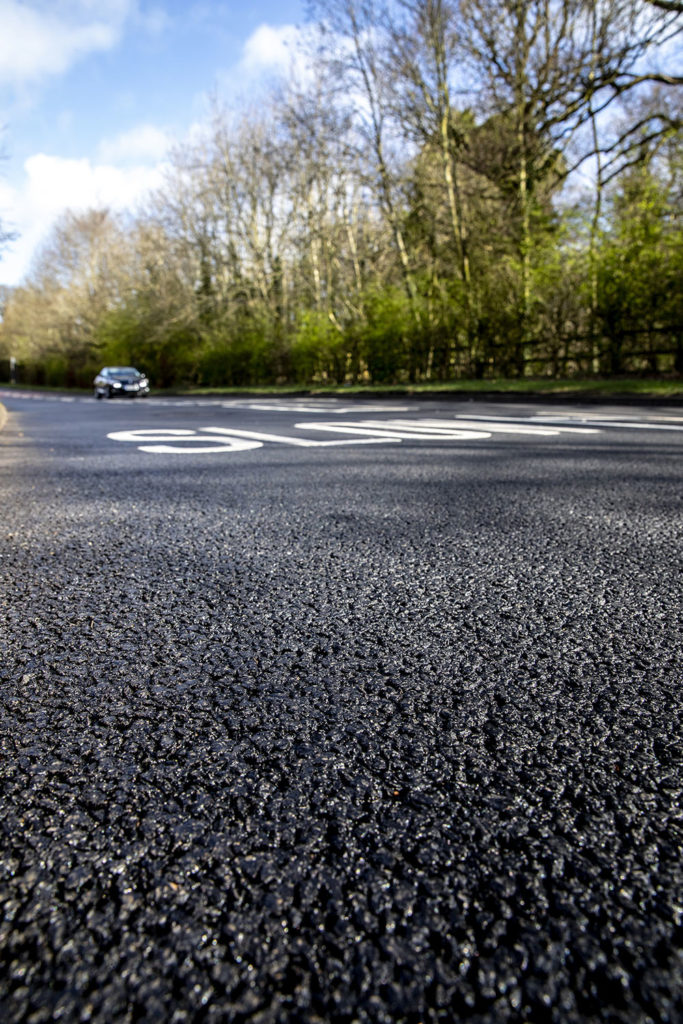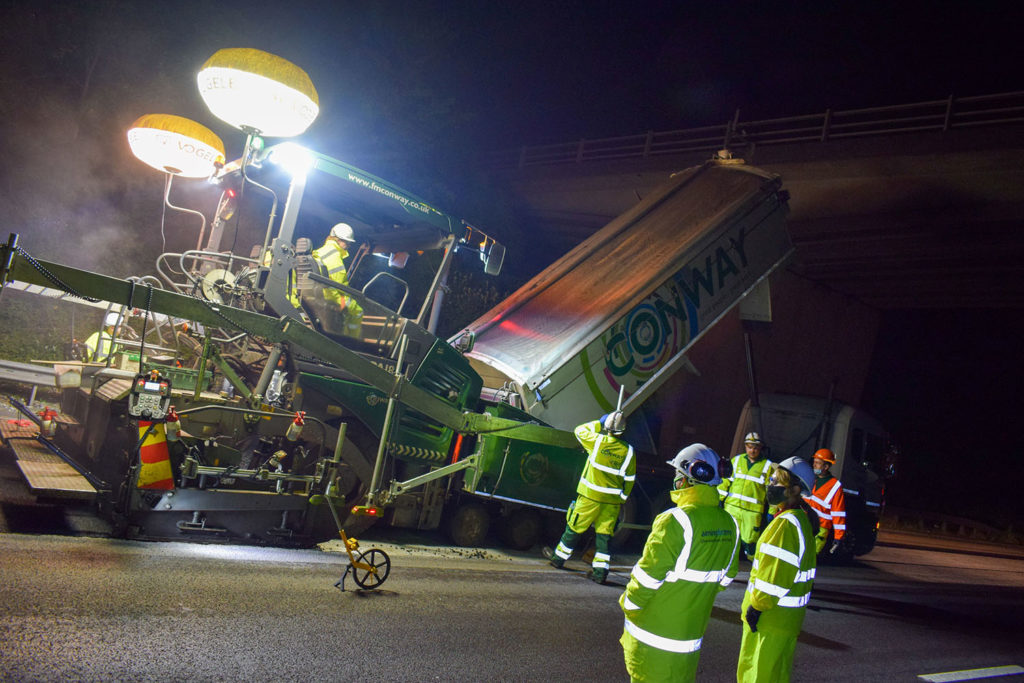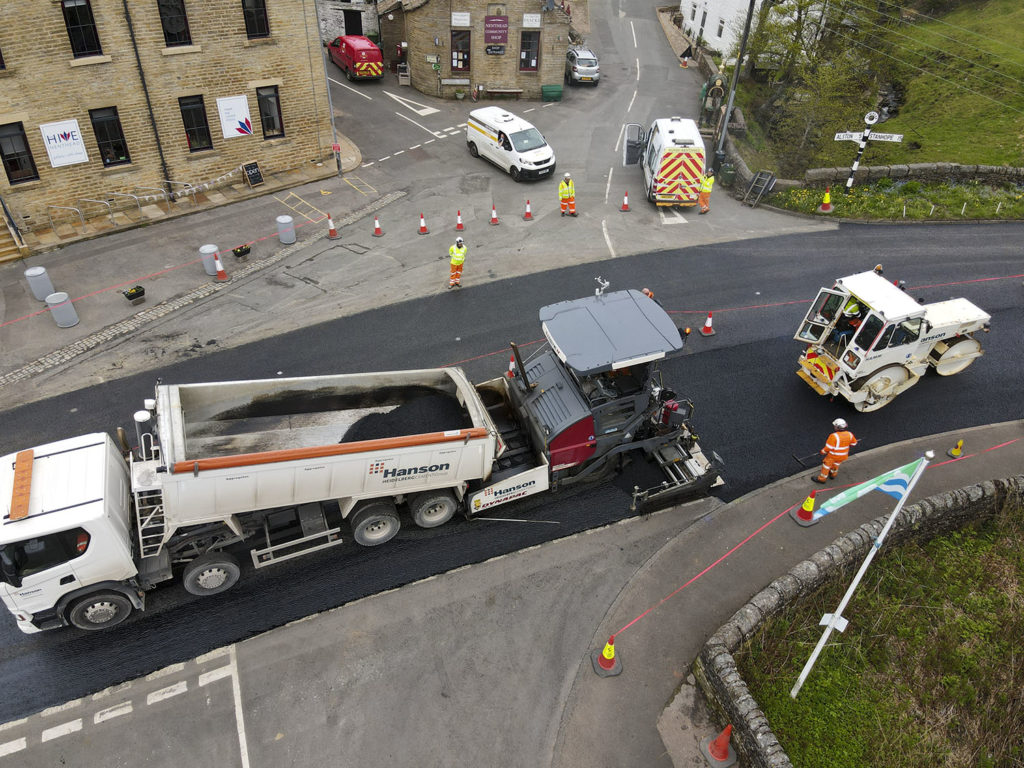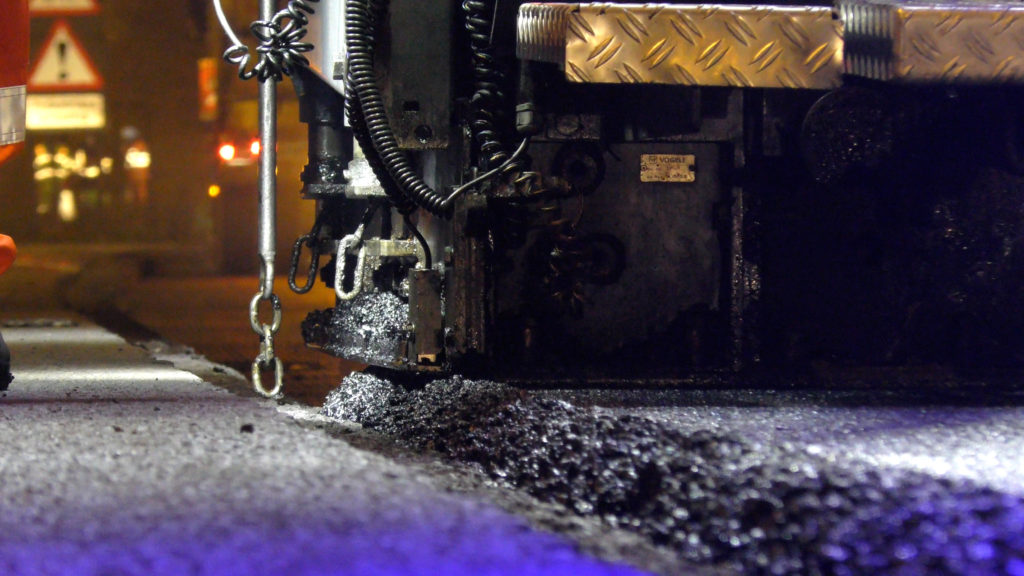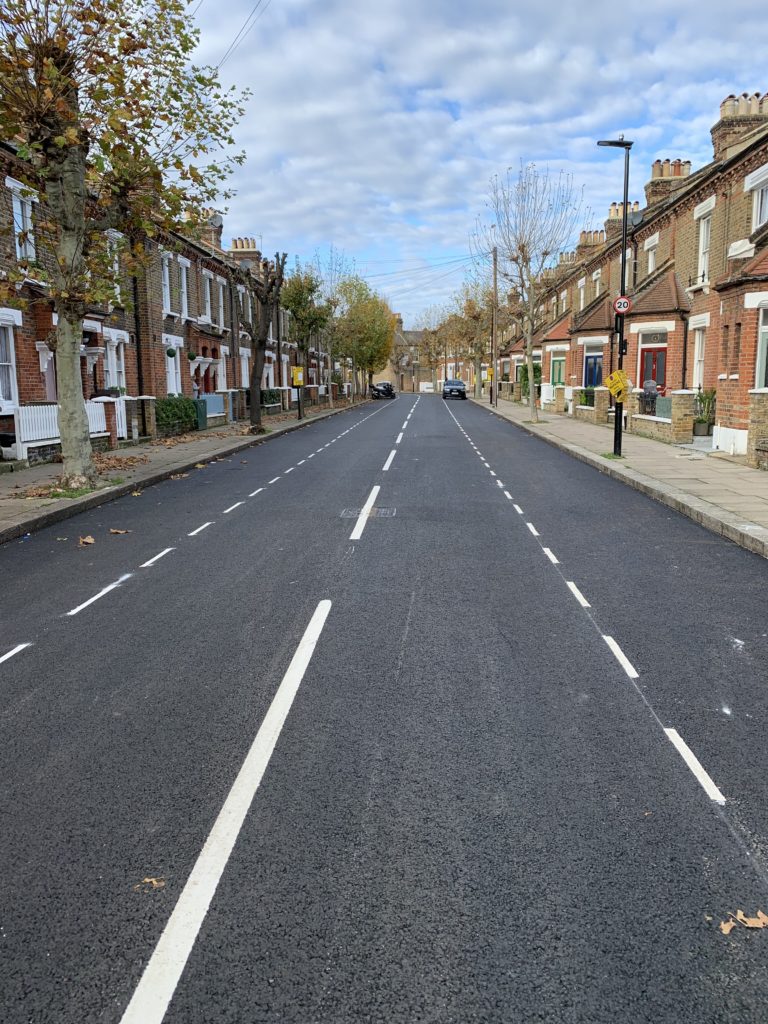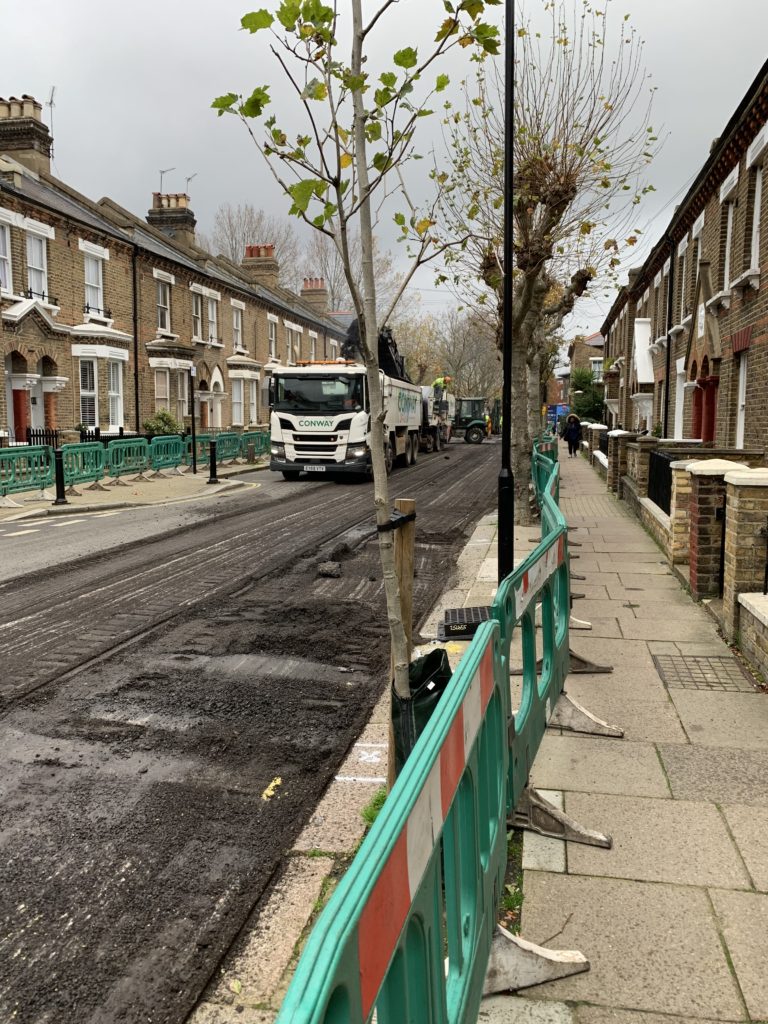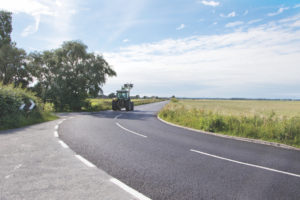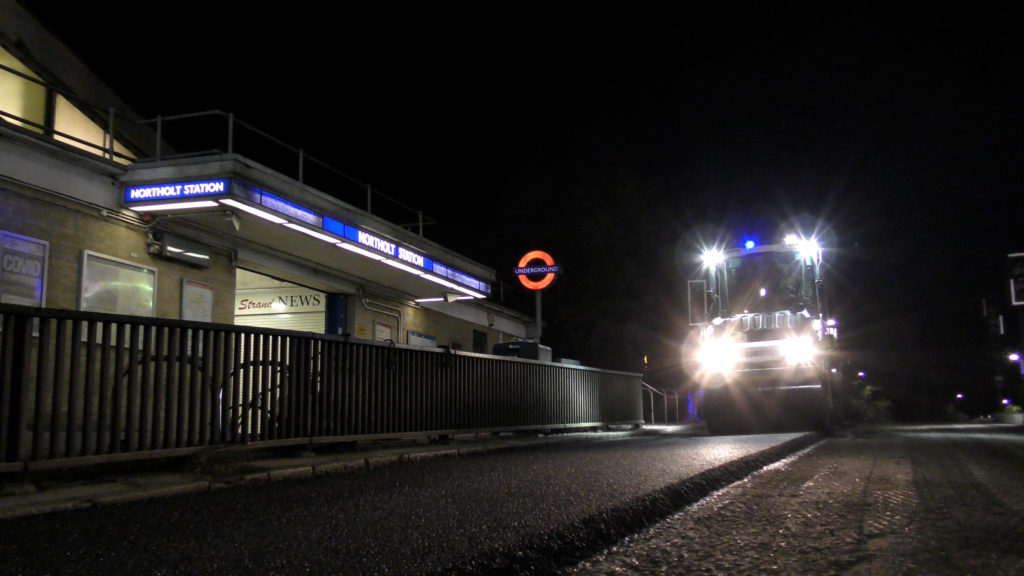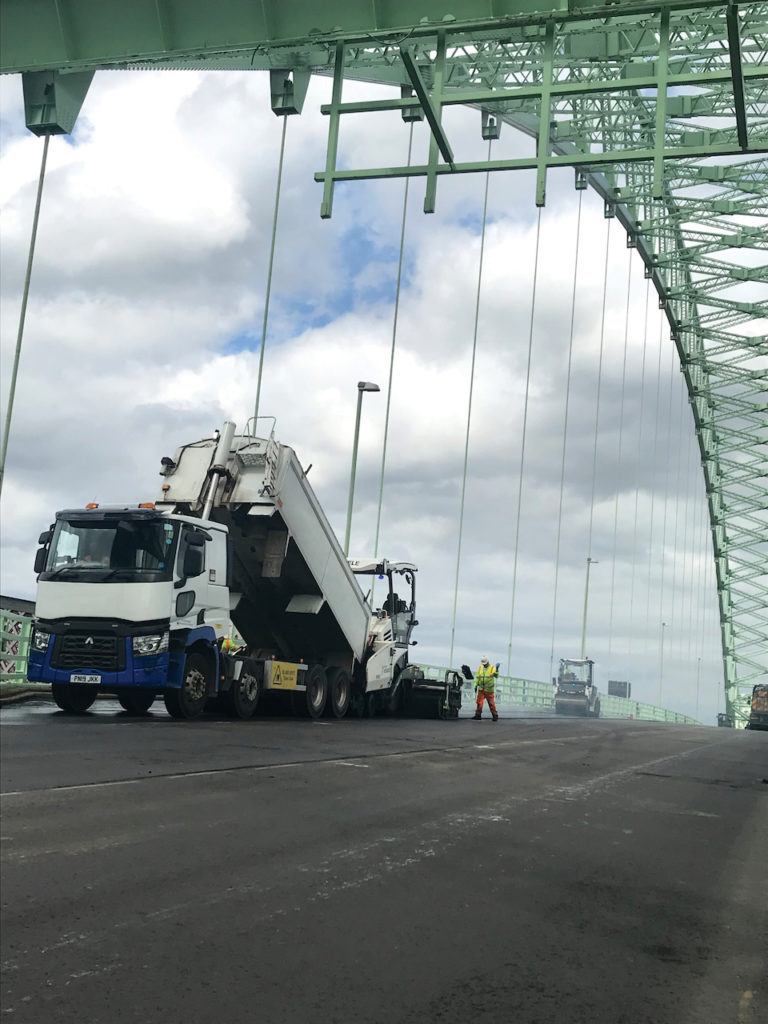Trials of ‘biogenic asphalts’ are becoming more widespread as the industry looks to offer lower carbon solutions to help reach the Government’s net zero carbon ambitions.
These products contain natural biogenic materials which absorb and store CO2 throughout their first life. This is then ‘locked’ within the binder in the asphalt mixture and not released back into the atmosphere, even when the asphalt is recycled.
When Birmingham City Council and its principal contractor, Kier, were looking at ways of reducing carbon emissions as part of scheduled work to resurface the A452 Chester Road, it was the perfect opportunity to trial ‘biogenic asphalt’.
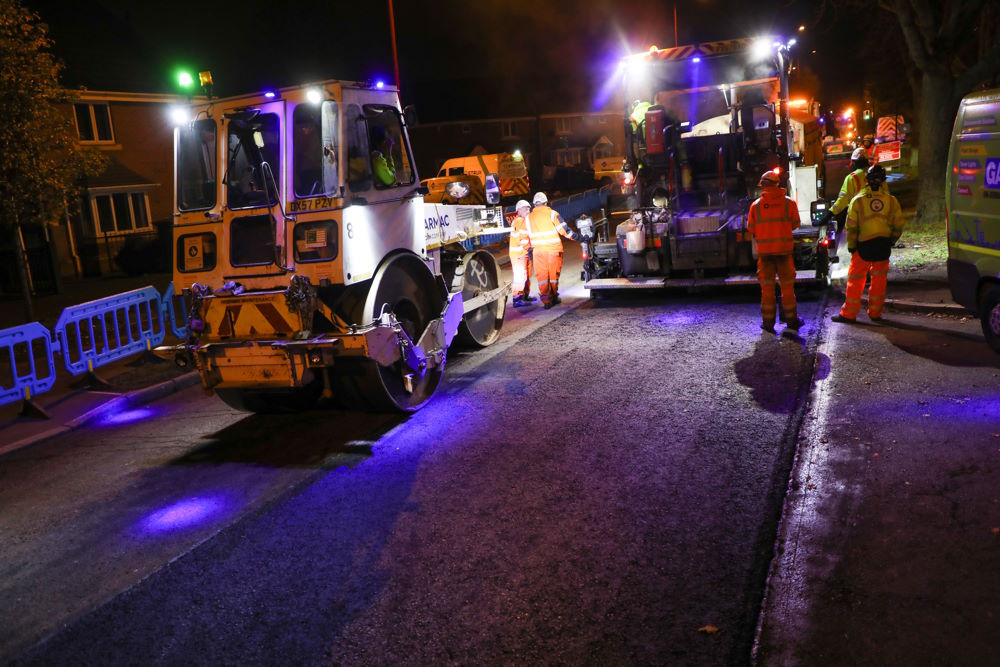
As part of an alliance framework, monthly sustainability forums were held involving all supply partners, to encourage innovation and more sustainable solutions.
“There was a strong will from all parties to lower the operational carbon footprint,” explains Brian Kent, National Technical Director at Tarmac.
“Given the high traffic volumes and importance of this route, a key part of the challenge was to reassure the client that the proposed solution would deliver the same performance as a more conventional asphalt with no compromise in long-term performance.”
In all, 530 tonnes of Tarmac’s biogenic asphalt was laid as the binder course, saving 6.5kg CO2e per tonne of asphalt or 3.45 tonnes of CO2e in total.
National Highways has also formally trialled asphalt containing a polymer modified bitumen (PMB) bio-binder on the strategic network for the first time.
Hanson has used its CarbonLock product to resurface the A30 Cutteridge to Alphington eastbound scheme near Exeter, Devon, as part of its pavement category management framework agreement with National Highways.
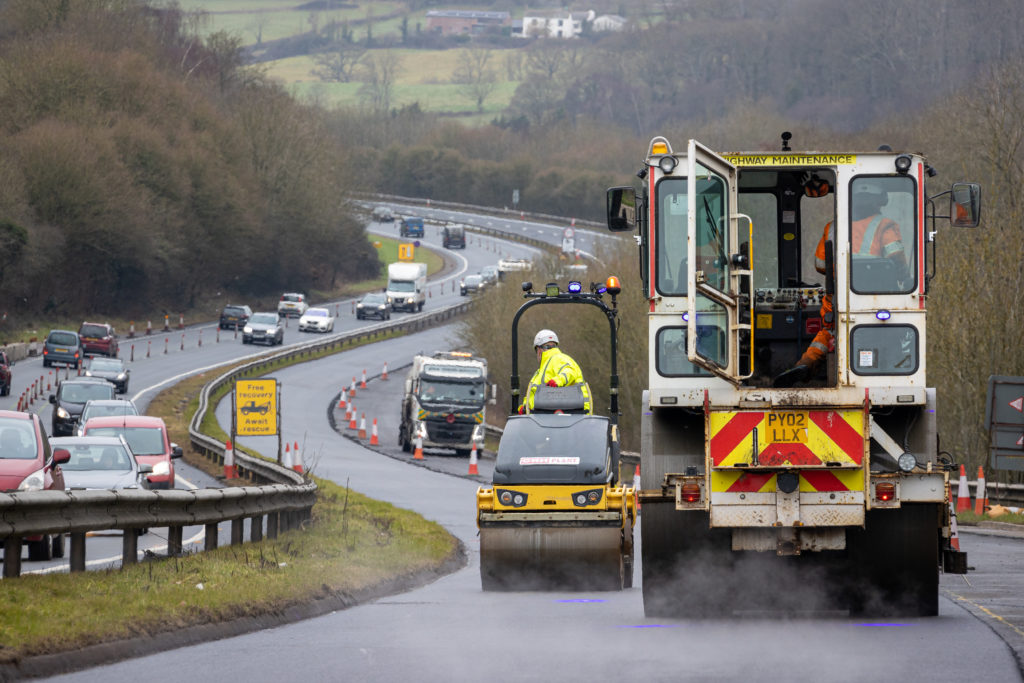
Two trials were carried out: the first includes Nynas’s biogenic binder Nypol RE and the second trial uses the same asphalt mixture but includes Shell’s new bio-component binder Cariphalte CarbonSink.
Both asphalts were produced at Hanson’s Hingston Down plant and laid by Hanson Contracting and each trial comprised of a 40mm thickness surface course with 53 PSV aggregates for around 500 metres of both lanes of the eastbound carriageway.
In addition to the biogenic material in it effectively acting as a carbon sink, the PMB binder used in both trials is expected to enhance durability and further extend the life of the asphalt, thus reducing the frequency of maintenance interventions.
The work was coordinated by Atkins as part of the National Highways SPaTS 2 (Special Professional and Technical Services) research project Future Asphalt Surface Course Linking to NH Net Zero. The performance of the two trial sections will be closely monitored to see how they compare with ‘standard’ PMB asphalt used elsewhere on the project.
North of the border, Breedon and Nynas have also used asphalt containing biogenic components on the Scottish network for the first time.
The move follows successful trials in England and the product used is part of the Breedon Balance range of materials which also contains Nynas’s Nypol RE. The asphalt complies with the Transport Scotland TS2010 specification, and was laid on the A92 in the north east by Amey, network contractor for the region. The trial aligns with Transport Scotland’s aim of reducing carbon emissions by 75% by 2030.

 CONTACT US
CONTACT US SUBSCRIBE
SUBSCRIBE FOLLOW US
FOLLOW US LINKEDIN
LINKEDIN